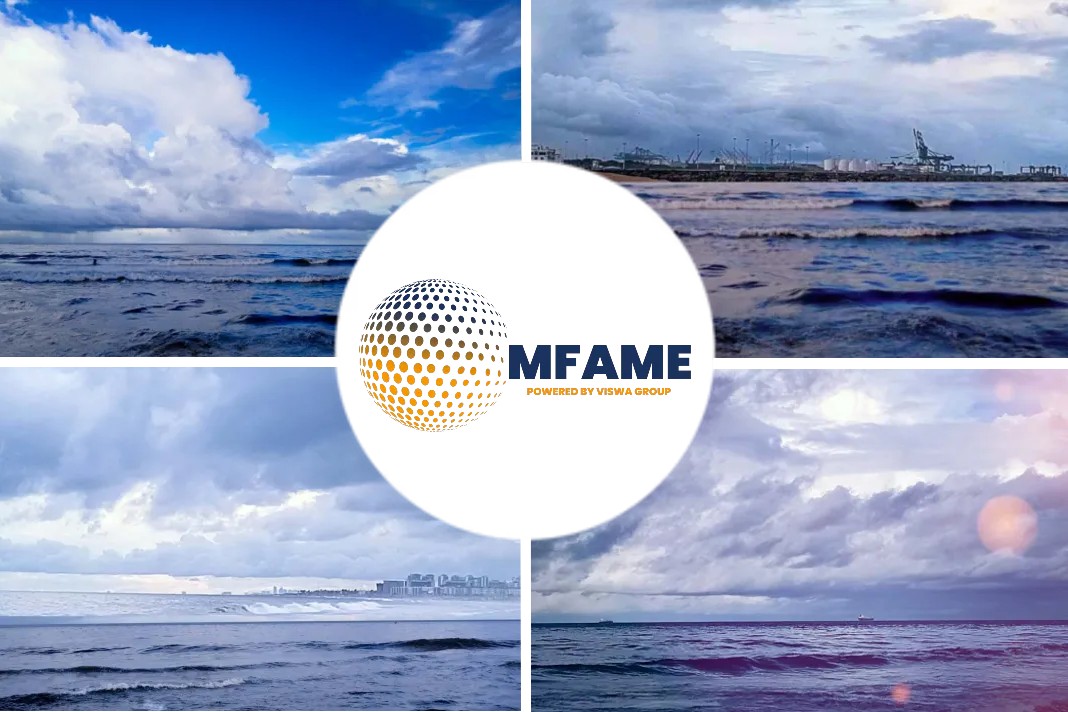- Wärtsilä has introduced its latest development based on the applied Computational Fluid Dynamics (CFD) modelling.
- The new Wärtsilä OPTI-DP Engagement Tool, which has been verified by DNV Maritime.
- OPTI-DP allows the simulation of environmental operating conditions, with independent wind, wave and current directions, if desired, plus the ability to simulate multiple failures.
The technology group Wärtsilä has introduced its latest development based on the applied Computational Fluid Dynamics (CFD) modelling, says an article published on their website.
Launch of CFD modelling
The technology group Wärtsilä has introduced its latest development based on the applied Computational Fluid Dynamics (CFD) modelling to enable the accurate and speedy configuration of thrusters and other propulsion systems, to deliver the optimal dynamic positioning solution.
Verified by DNV
The new Wärtsilä OPTI-DP Engagement Tool, which has been verified by DNV Maritime has been developed in response to the increasing need for efficient high-performance station keeping and manoeuvrability as offshore operations become more complex.
“The independent DNV verification found that the Wärtsilä OPTI-DP Engagement Tool meets the requirements of the DNV standard ST-0111 Level 1, Level 2, and Level 2-site without thrust ventilation loss impact. These set requirements for analysing the station-keeping capability of a vessel in DP operations based on the static balance of environmental forces and the vessel’s actuator forces,” says Luca Pivano, Principal Specialist DP Simulations, Control Systems and Cybernetics Advisory at DNV Maritime.
CFD deliver an accurate analysis
Conventional methods for assessing accurate DP capability calculations have become increasingly challenging as offshore operations move further from shore, and the vessels serving them become larger and more complex.
OPTI-DP allows the simulation of environmental operating conditions, with independent wind, wave and current directions, if desired, plus the ability to simulate multiple failures.
The Wärtsilä solution considers all details of a vessel’s thruster and propulsion performance, including the benefits of the 8-degree tilted thruster solutions, and utilises CFD results to deliver an accurate analysis.
Any negative impact from interaction between the thrusters, other propulsion systems and, for example, jack-up legs can be minimised.
The results of performance evaluations are presented in clear, thrust-utilisation polar plots for given environmental conditions or maximum acceptable wind speed plots.
The solution allows the implementation of azimuth thrusters, tunnel thrusters, and propeller-rudder combinations, with results available in hours rather than weeks. The delivered accuracy and efficiency gains are complemented with reduced investment and operational costs.
“The OPTI-DP Engagement Tool is a valuable breakthrough that will improve the safety and efficiency of vessels that require efficient and safe DP capability. By allowing an optimised propulsion configuration based on thrust performance, we can now accurately predict the station keeping capability of a vessel, which allows for maximum utilisation of the vessel operating in challenging weather conditions,” says Lauri Tiainen, Director, Thrusters & Propulsion Control Systems, Wärtsilä Marine Power.
Did you subscribe to our daily newsletter?
It’s Free! Click here to Subscribe!
Source: wartsila






















